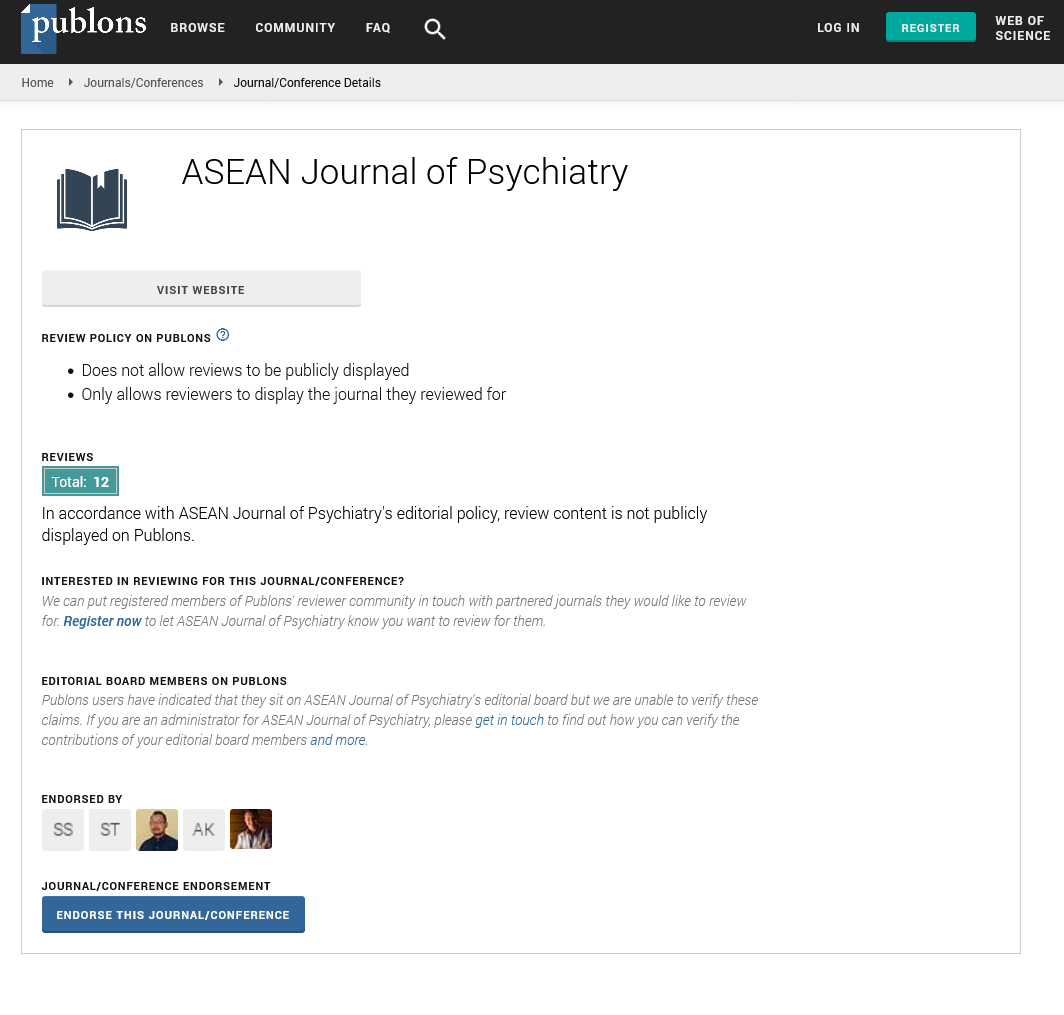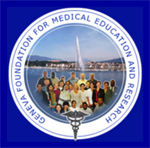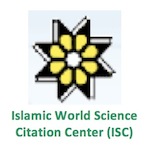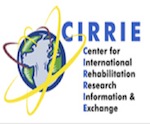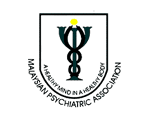

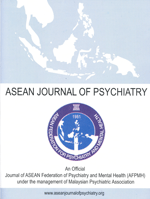
Google Scholar citation report
Citations : 5373
ASEAN Journal of Psychiatry received 5373 citations as per google scholar report
ASEAN Journal of Psychiatry peer review process verified at publons
| Journal Name | ASEAN Journal of Psychiatry (MyCite Report) | ||||
|---|---|---|---|---|---|
| Total Publications | 456 | ||||
| Total Citations | 5688 | ||||
| Total Non-self Citations | 12 | ||||
| Yearly Impact Factor | 0.93 | ||||
| 5-Year Impact Factor | 1.44 | ||||
| Immediacy Index | 0.1 | ||||
| Cited Half-life | 2.7 | ||||
| H-index | 30 | ||||
| Quartile |
|
- Anxiety Disorders
- Behavioural Science
- Biological Psychiatry
- Child and Adolescent Psychiatry
- Community Psychiatry
- Dementia
- Community Psychiatry
- Suicidal Behavior
- Social Psychiatry
- Psychiatry
- Psychiatry Diseases
- Psycho Trauma
- Posttraumatic Stress
- Psychiatric Symptoms
- Psychiatric Treatment
- Neurocognative Disorders (NCDs)
- Depression
- Mental Illness
- Neurological disorder
- Neurology
- Alzheimer's disease
- Parkinson's disease
Abstract
EFFECT OF RISK PERCEPTIONS, FEAR AND MYTHS ABOUT COVID-19 INFECTION SUSCEPTIBILITY ON PROTECTIVE BEHAVIORS IN PAKISTAN
Author(s): Muhammad Asif, Maria Idrees* and Saima GhazalAdoption of protective behaviours is a significant intervention to deal with the current COVID-19 outbreak, even if we get a cure. This study aimed to investigate the effect of risk perceptions, fear and myths about COVID-19 infection susceptibility on protective behaviors in the Pakistani population. An online survey was conducted in Pakistan with a sample size of N=440. A questionnaire was administered in the Urdu language about people’s perceptions of risk, fear, myths, and protective behaviors about COVID-19 infection. Results revealed that perceptions of risk about COVID-19 infection susceptibility had a significant positive effect on protective behaviours. Fear about COVID-19 was significantly correlated with protective behaviors but was not a significant predictor of protective behaviors. Myths about COVID-19 infection were not a significant correlate of protective behaviors. The present sample was found optimistically biased about the susceptibility for COVID-19 infection. Surprisingly, this study provided significant evidence about the adaptive nature of optimistic bias because optimistic estimates about COVID-19 infection susceptibility were significantly predicting protective behaviors. Further studies are suggested to investigate the adoptive nature of optimistic bias related to COVID-19 infection susceptibility.

